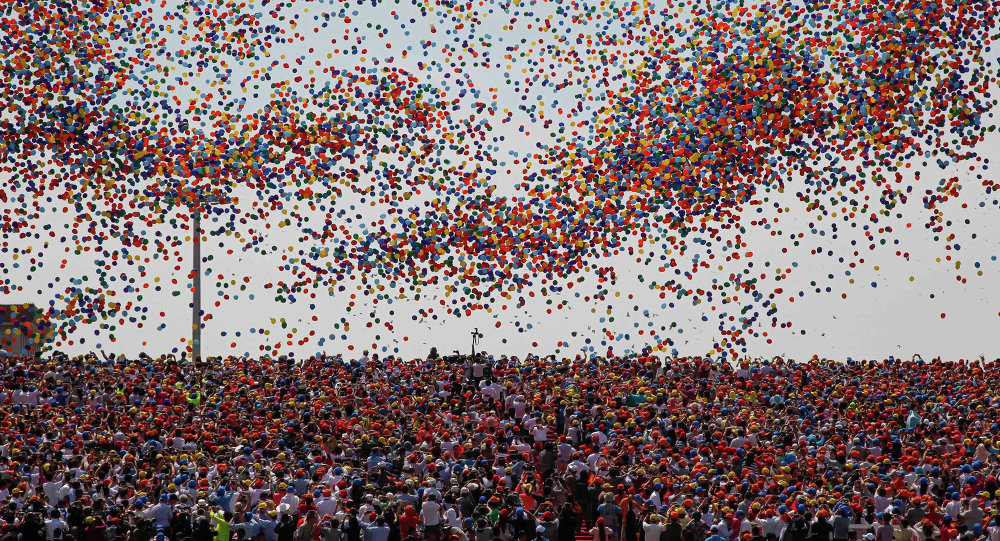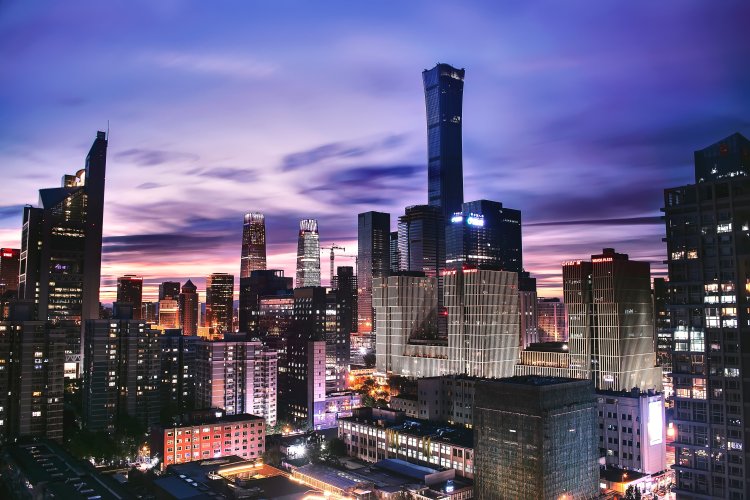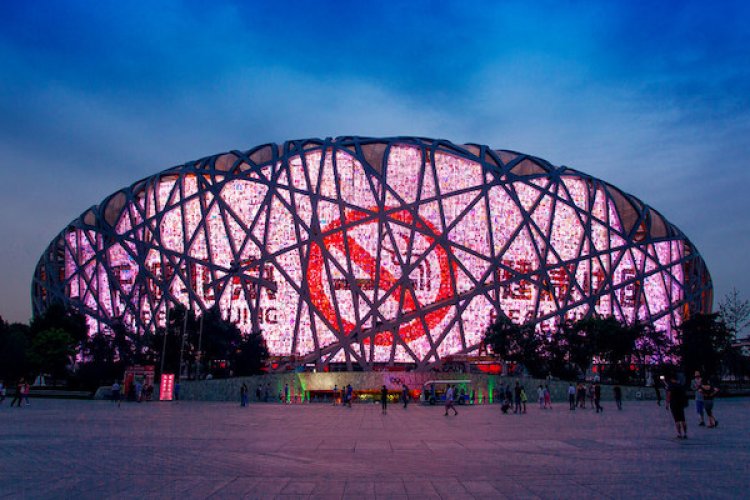Throwback Thursday: Every Day is an Overpopulation Party in Crowded Beijing
Throwback Thursday takes a look back into Beijing's past, using our nine-year-strong blog archives as the source for a glance at the weird and wonderful of yesteryear.
This month nine years ago, Beijing’s population breached what now seems like the measly figure of 16 million residents. Sixteen million you say – pah! – the population now sits closer to 22 million, twice what it was in 1990, an increase equivalent to the population of the entire city-island of Singapore breaking off its peninsula and landing in our smoggy midst.
The drastic explosion in population is the result of immigrants flocking to Beijing for work (approximately 8 million of the city's residents are holders of temporary residence permits), not excessive amounts of unadulterated hanky panky, as proven by the city’s low birth rate of 8.93 births per thousand people per year (compared to the global average of 18.6 per thousand people in 2016).
The government has been concerned about Beijing’s growth for some time now, most recently announcing that it would take steps to cap the population at 23 million by 2020, as part of the latest Five Year Plan. That figure means reducing the populations of Beijing’s six downtown districts by 15 percent.
If the initiative is to work, population in these areas will need to be aggressively reduced, especially when you take into account that these six districts saw 53 percent of the capital’s overall growth of 1.52 million between 2010 and 2014.
Most notably, the Five Year Plan has meant that a number of our favorite markets have either been shut down completely or banished to Hebei’s nether regions, and 400,000 of Beijing’s civil servants were no doubt thrilled to hear that they’d slowly be siphoned off to the government’s new hub in Tongzhou by the end of 2017.
Despite the high numbers, civilized Chaoyang, Beijing’s most populous district, still only boasts 7,528 people per square kilometer, a long way from the absurd amounts of overcrowding on Hong Kong Island’s 16,390 per square kilometer.
Such a reduction is aimed at helping Beijing’s long list of urban maladies, including traffic congestion, high home prices, high energy usage, pollution, and a long and entrenched water shortage.
Of course with the linking of Hebei, Tianjin, and Beijing on the horizon as part of the governments Jing-Jin-Ji economic proposal, 22 million is just a fraction of the combined population of 78 million people that will be whizzing around the area’s cities in the near future. Did someone say Singapore?
More stories by this author here.
Email: tomarnstein@thebeijinger.com
WeChat: tenglish_
Instagram: @tenglish__
Photo: sputniknews.com







